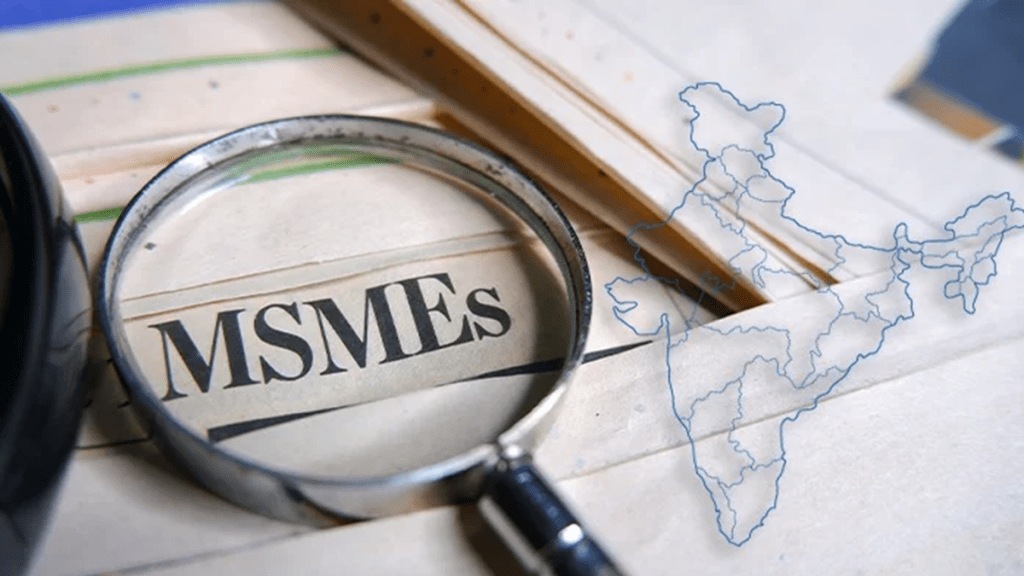With key employment-intensive industries grappling with the high tariffs in the lucrative US market, the Union government is formulating a support package for them, with micro small and medium enterprises (MSMEs) being at the core of the beneficiary pool.
According to government sources, as part of the package, a scheme may be launched to extend 100% credit guarantee on loans to MSMEs on the lines of a similar one that ran through the Covid-19 period.
Aimed at easing liquidity and preventing job losses
While this scheme may be announced in the next seven to ten days, the sources said the Reserve Bank of India may also chip in with certain regulatory forbearance for MSME loans, when it comes to these being classified as non-performing assets (NPA). A three to six-months moratorium for repayment of loans (principal and interests), as prevailed during the pandemic, may be offered, the sources said.
The credit guarantee will be designed to give the much-needed liquidity support to units struggling with working capital constraints. Under the scheme, collateral-free fresh loans up to 20% of the outstanding credit of MSMEs may be fully guaranteed. Other mechanisms are also being examined to assess the loan requirement, like operational costs for each MSME for the next six months, including salaries, utility expenses, etc. for extending the guarantee cover, the sources explained.
The loan repayment moratorium may be initially for six months and could be extended by another six months, depending on how the US tariff issue is settled. Post moratorium, the MSMEs will likely be given two years to repay loans.
The US government imposed a 25% additional reciprocal tariff on Indian imports effective August 7, and raised the overall levy to 50%, with a 25% penal tariff linked to oil imports taking effect from August 27.
About 40-50% of India’s marine exports and nearly a quarter of its textiles and garments exports are to the US. These sectors being substantially dependent on the US market, exports will be hit as they won’t find replacement markets immediately. So, these sectors will get priority in the designing of short-term relief, the sources said.
The expectation is that the trade disruption due to tariffs will settle either way in a year. Either the extra US tariff of 25% on Indian goods will be removed, or exporters will find newer markets for their products if tariffs continue, the sources feel.
“It’s not a Covid kind of stress. Yet, there is stress now in some sectors, and we have to support them during this period,” an official said. The government’s top priority is to protect small firms and prevent potential job losses, the person added.
The government guarantee will give comfort to lenders to extend fresh loans to MSMEs to sustain their establishment without retrenching people and meeting other fixed cost obligations like rental, utility payments, etc.
Learning from the COVID-19 response
The Emergency Credit Line Guarantee Scheme (ECLGS), which was unveiled in 2020, was extended in phases till March 2023. Under the scheme, 11.9 million guarantees worth Rs 3.68 lakh crore were issued to MSMEs and other businesses. Under the scheme, the moratorium period varied from 1 to 2 years depending on the version of the scheme.
It provided a 100% guarantee on loans issued to eligible businesses, primarily MSMEs, to help them overcome financial difficulties in meeting their operational liabilities and restarting their businesses in the context of the disruption caused by the Covid-19 pandemic. According to a preliminary estimate, the Centre’s cost to meet loan defaults under ECLGS might be around Rs 25,000 crore or 1/3rd of Rs 75,000 crore anticipated initially during the five-year repayment period ending FY28, official sources had told FE earlier.
According to a State Bank of India report in January 2023, at least 1.46 million MSME accounts were saved due to the ECLGS, saving millions of jobs till November 2022. It said around 12% of the outstanding MSME credit has been saved from slipping into NPA because of the ECLG scheme.

